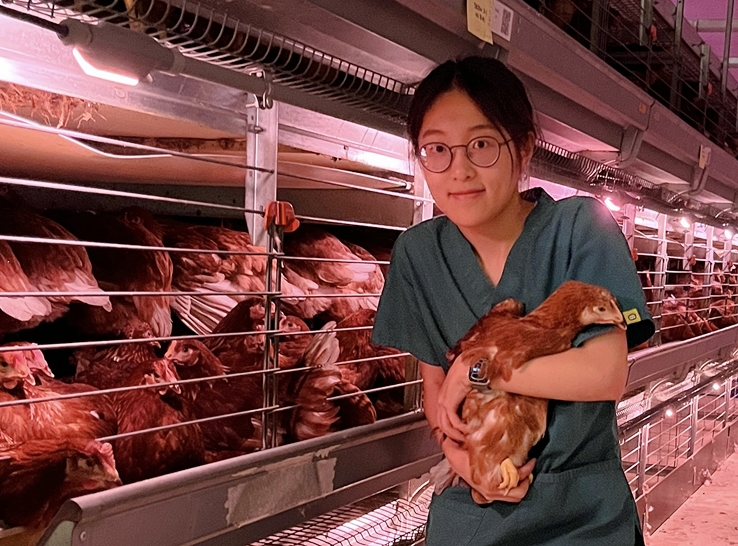
Reading the hens’ behavior: What activity and play tell us about welfare in cage-free aviaries
A “Rising Stars” article
by Xiaowen Ma, MS
Department of Animal Science
Michigan State University

A “Rising Stars” article
by Xiaowen Ma, MS
Department of Animal Science
Michigan State University
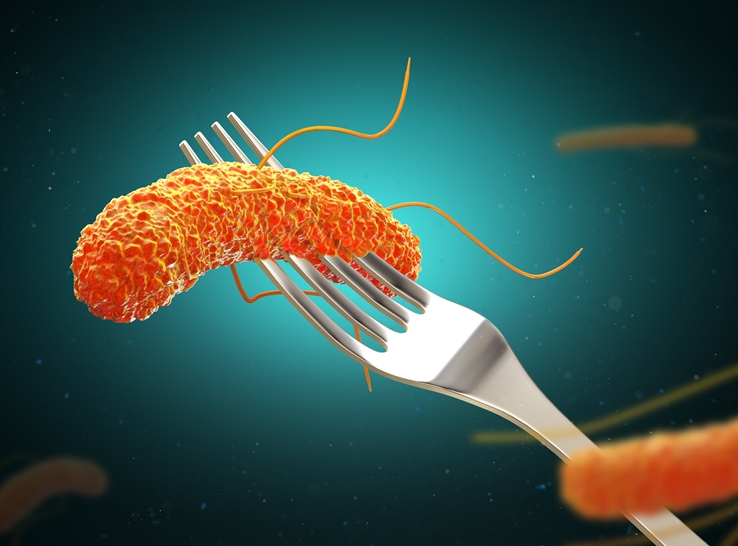
Salmonella exposure to consumers from eggs has been a decades-long concern. Richard Gast, poultry research microbiologist at USDA’s US National Poultry Research Center in Athens, Georgia, has developed two research projects to gain more perspective on Salmonella Enteritidis in cage-free layer housing.
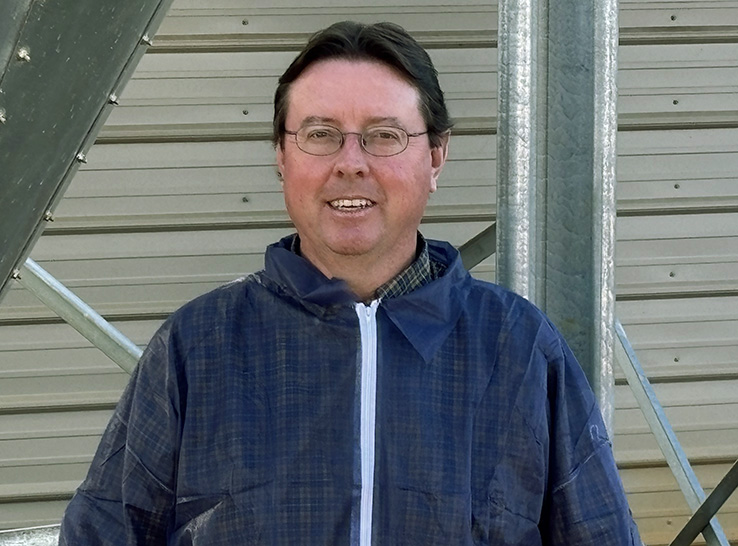
Good composting procedures eliminate odors and reduce the number of flies, rodents, predators and scavengers attracted to the bins. Additionally, when done properly, composting is a cost-effective method of biosecurity.
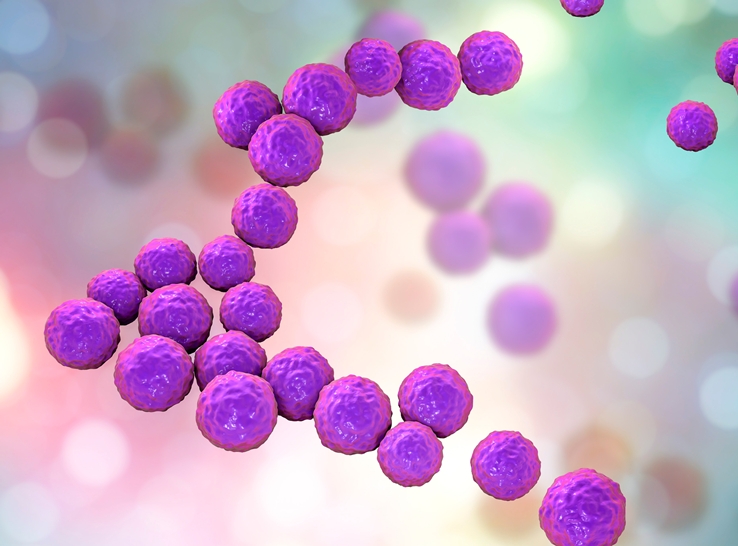
Pathogenic Enterococcus cecorum is proving to be a growing problem on broiler farms, and infection extends beyond bird-to-bird contact to the farm environment, according to a study led by Martine Boulianne, DMV, PhD, DACPV, at the University of Montreal.
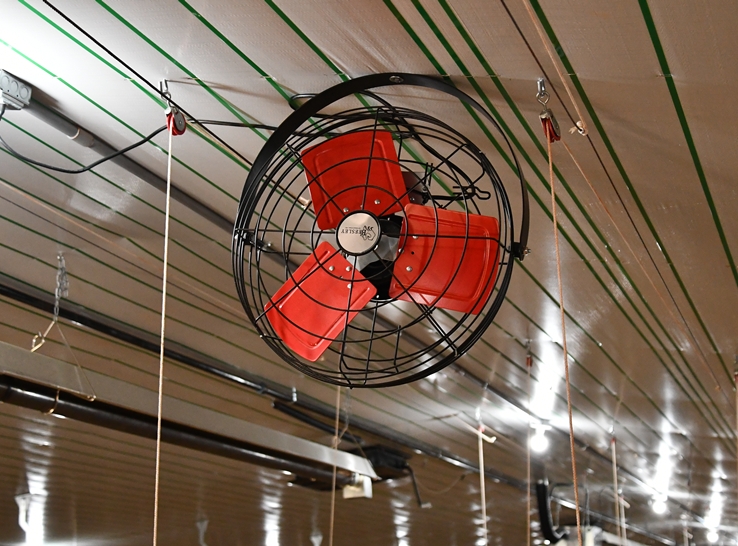
A “Viewpoints” article
by Michael Czarick
Extension Engineer – Poultry
University of Georgia
Department of Poultry Science

By W.A. Dozier, III, PhD
Department of Poultry Science
Auburn University and Alabama Cooperative Extension System

There is a buzz about emerging technologies to monitor layers and nudge their behaviors. But, according to Janice Siegford, PhD, from Michigan State University, more “ground truthing” by testing new tech in real commercial conditions is needed to establish whether they will deliver promised advantages for producers.
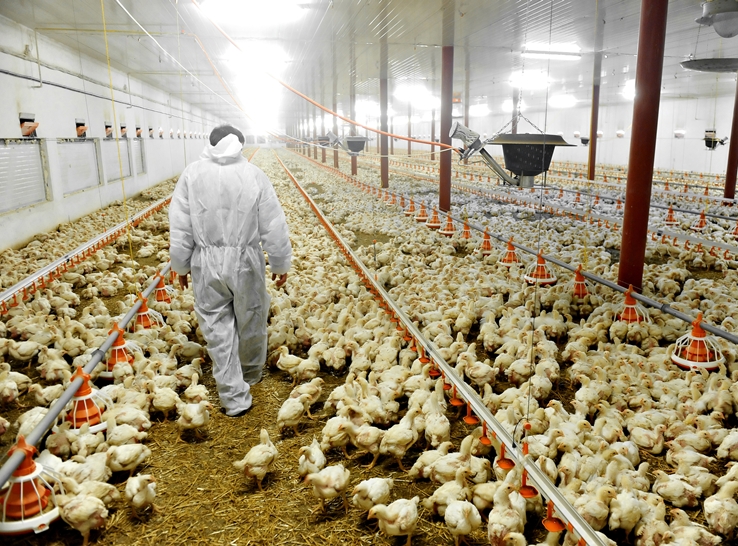
Eric Shepherd, DVM, MS, MAM, DACPV, poultry veterinarian, and Brian Fairchild, PhD, Extension Poultry Scientist and Professor, University of Georgia Department of Poultry Science, recently offered practical advice for reducing disease risk in poultry environments. Both spoke in a webinar sponsored by the Poultry Science Association and American Association of Avian Pathologists.

The shift to cage-free layer housing opened the door to poultry diseases that disappeared during the years of cage housing. At the Devenish Symposium held during the 2025 PEAK conference, Dan Wilson, DVM, Wilson Vet Co., discussed the return of several diseases from the past that affect today’s egg layers.
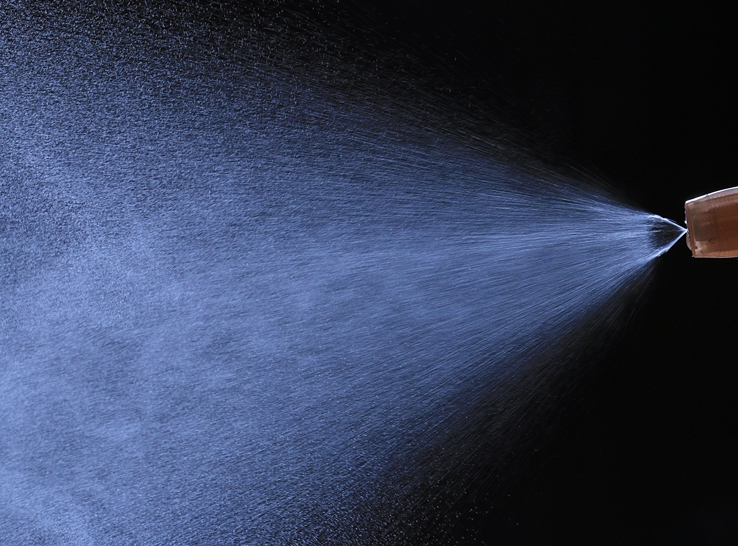
Layer hens in cage-free housing systems have freedom of movement, but they also encounter high levels of dust and airborne bacteria. Feed, litter, manure and bodily shedding all contribute to dust within the rooms, which challenges the hens’ health and well-being. Could spraying acidic electrolyte water on the litter floor be a solution?
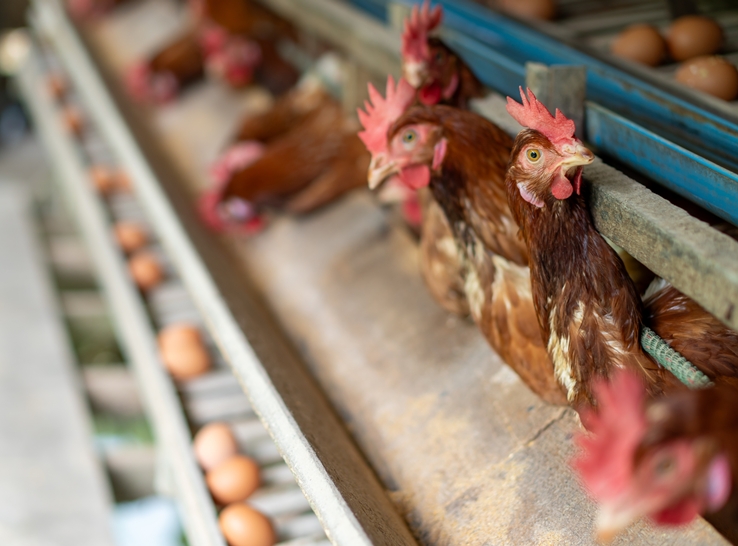
Bird health and production are significantly impacted by air quality, humidity and temperature. Mechanical ventilation systems play a crucial role in maintaining indoor air quality and disease control, but the current systems have limitations, particularly in caged-layer facilities. Researchers from The Ohio State University have designed an innovative ventilation system that addresses health and heat concerns.

Maintaining indoor air quality is a constant concern for poultry producers. In particular, ammonia levels within houses are a health concern for poultry and workers. But what about the ammonia in exhausted air? Researchers from the University of Georgia are using a novel approach to remove and recover ammonia from large layer-poultry facilities.